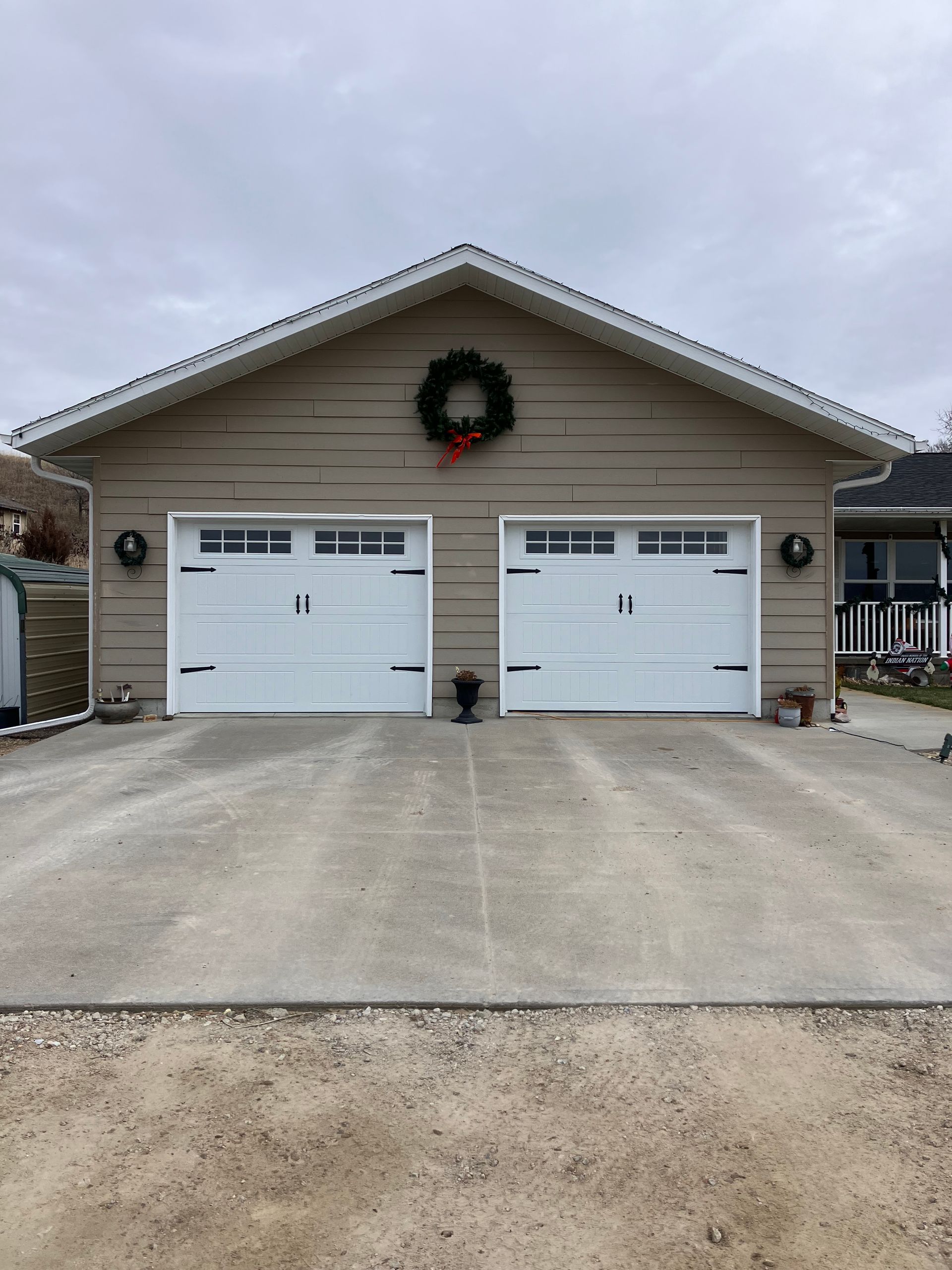Your overhead door does more than just open and close; it enhances security, keeps energy costs down, and enhances curb appeal. But like any complex equipment, it needs care. Ignoring subtle issues can lead to expensive fixes—or worse, a door that stops working entirely. Let’s explore the top 5 signs your overhead door might need repair and why addressing issues promptly is key.
Strange Sounds from Your Garage Door
Does your overhead door creak, grind, or screech? These sounds are not just irritating—they’re a warning sign. Unusual noises can indicate issues with the door’s torsion springs, rails, or opener system. Left unchecked, these small problems can snowball into major malfunctions.
Delayed Garage Door Movement
If your overhead door takes its sweet time open or close, it might be due to worn-out components or electrical issues. A door that hesitates could pose a safety risk, especially if it malfunctions while in use. Prompt repairs can restore its smooth operation.
Sagging: A Structural Concern
Have you noticed misaligned or drooping areas in your overhead door? This is often a sign of structural weakness or tension issues. Beyond being unsightly, sagging can make your garage less secure and efficiency.
Higher Utility Costs?
A poorly sealed or damaged overhead door can cause drafts, making your HVAC system struggle to maintain temperatures. If you’ve noticed your energy bills rising unexpectedly, your garage door could be the culprit. Fixing your door can save you money in the long run.
5. Physical Damage or Wear
Bumps, splits, or rust are clear indicators that your overhead door has been through a lot. While some damage might appear minor, it can weaken the door’s integrity and make it more susceptible to malfunctions. Addressing these issues without delay is essential for safety and functionality.
